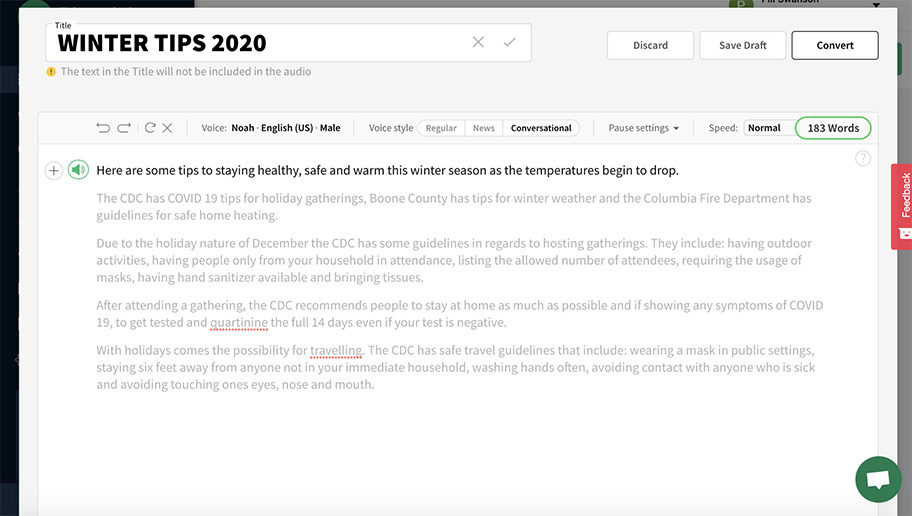
Narrated article: Tips and tricks
This month for Innovation in Focus, we tested various tools and platforms to provide narration for articles to make them more accessible to people with disabilities. Here are a few tips from our experiments with these tools.
1. Pace yourself
Listening to information is a different experience from reading it. You want to speak at a pace that lets the listener absorb the information. When starting to incorporate narration with your articles, the first thing to keep in mind is how fast or slow you should be talking. A good way to find the right rhythm is by listening to how other articles have been narrated and find a good pace that you feel is easy to listen to while understanding the content.
One thing I thought helped was using Play.ht where you can type in your text and have the computer narrate it for you. This format is more mechanical but can help you find a good pace. Another helpful tool to use is sharing an audio clip with friends, family and co-workers to get feedback before publishing. Can they understand your pronunciation? Are you speaking too fast or too slow? Listen to feedback and adjust accordingly.

2. Pick your recording app carefully
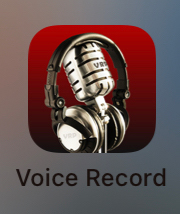
Try many apps to find the one you feel produces the best audio for the space you’re recording in. I tried using three different applications: the voice memo’s app on my phone, the voice record app and recording straight into iMovie.
I found the Record App to have the clearest sound for me. The voice memo app and iMovie seemed to pick up too much background. The Record App was also easier to transfer and edit than the voice memos app.
3. Get a microphone
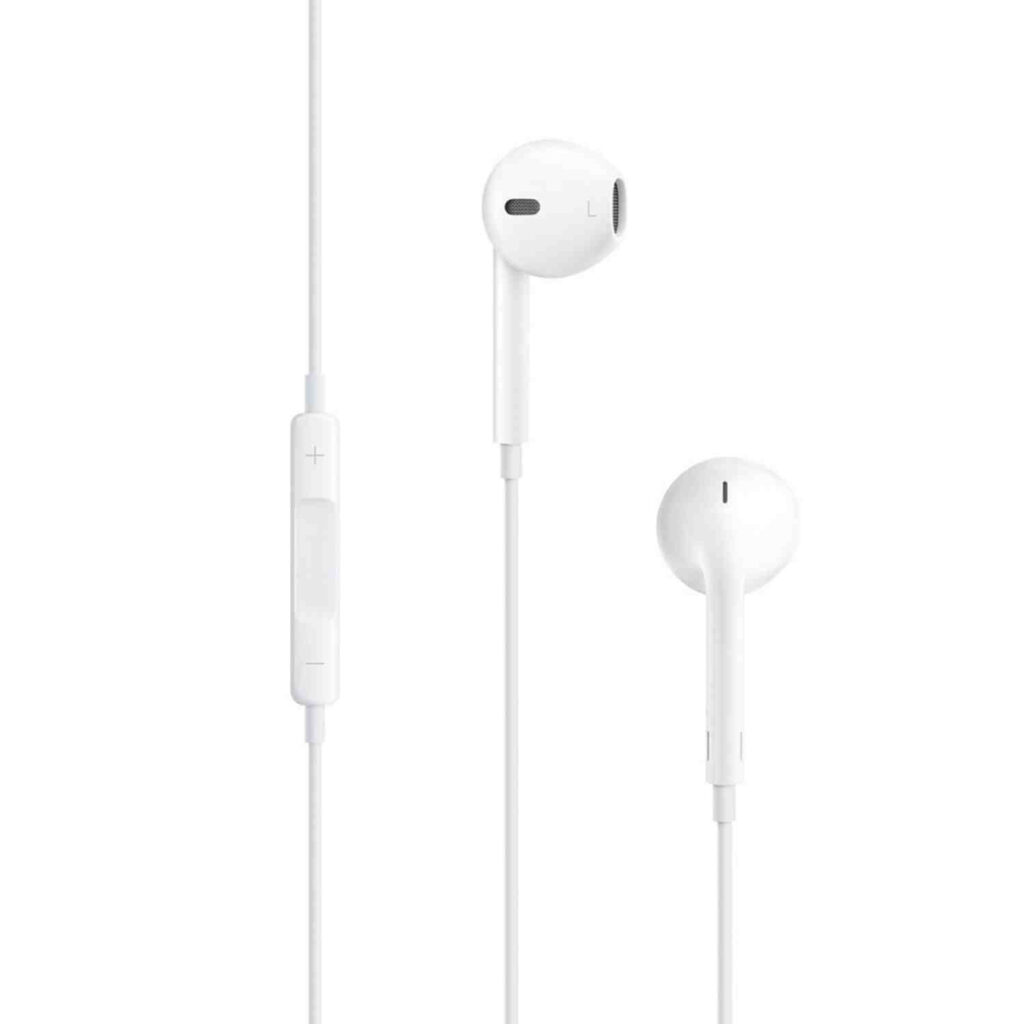
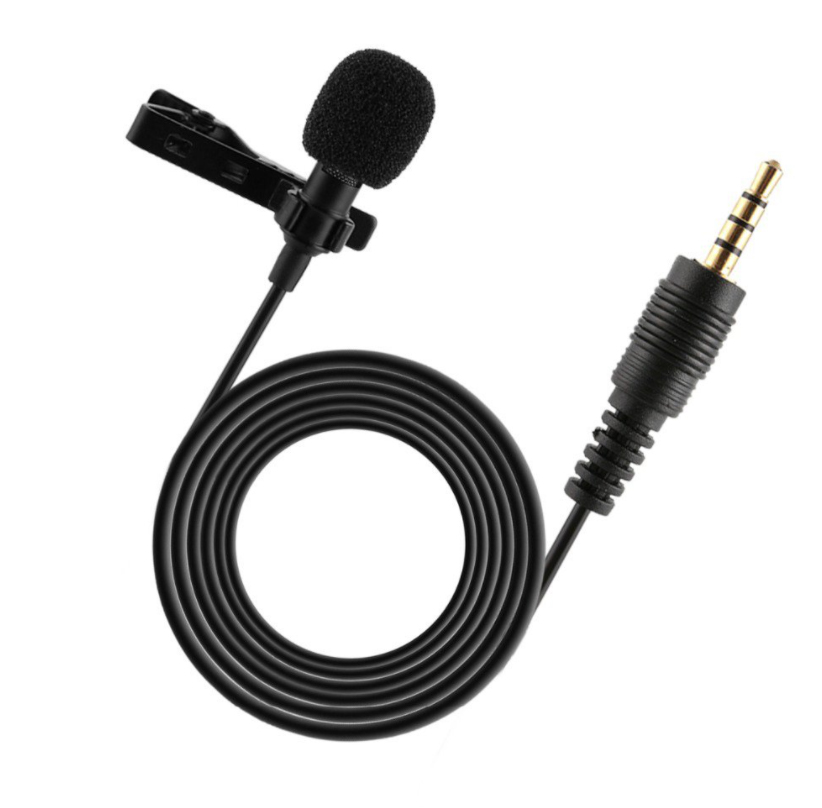
Try different microphones even if you are recording with your phone, they can make a big difference. I ended up using my headphones microphone which paired good with the app I used and did not pick up as much background noise. If you have the time and a bit of money, you can buy a decent directional mic for your phone online or at a local store.
4. Silence is needed
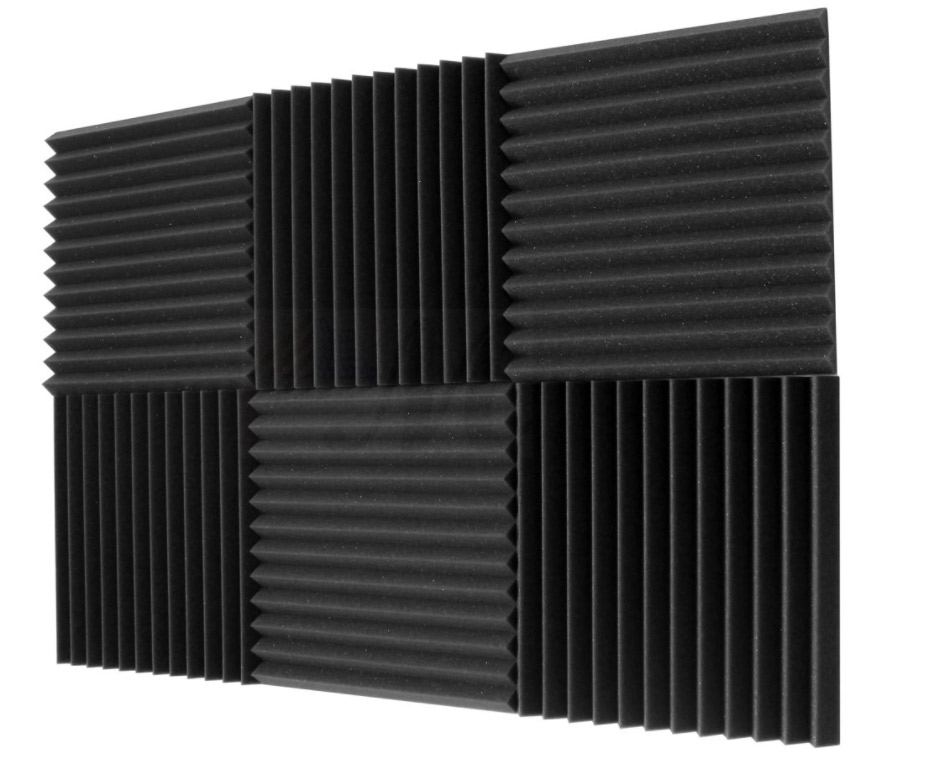
The most important factor when recording is to find a small, padded, quiet space in your home if you can’t invest in soundproofing. Closets often work well, they tend to be small and have lots of clothing to cushion the sound.
5. Edit
I tried recording in paragraphs and piecing together but found the flow was not as good as trying to read it all in one go and just being aware of pausing where it could be cut if needed. Plan on editing and take your time recording to be consistent in sound and pacing.
